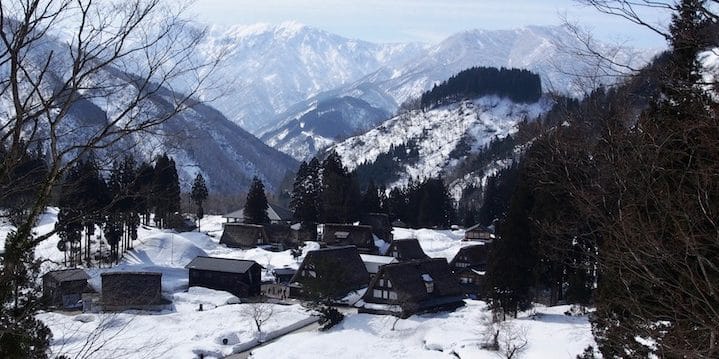
On the dizzying list of Japanese islands—of which there are more than 6,000—four names stand out: Honshu, Hokkaido, Shikoku, and Kyushu. These four are the load-bearers of Japan, the largest chunks of Earth under Japanese jurisdiction and the soil into which 99% of Japan’s 127 million citizens have dug their livelihoods.
Honshu—the largest of the group—by itself supports more than 100 million people, including the locals of Tokyo, the world’s largest city (see: One Day in Tokyo, Japan). You must see Tokyo and probe its densest quarters, but you must also get outside it. Six weeks ago I wrote about one extra-Tokyo corner to explore—Tokushima, on the island of Shikoku—and this month, again with the support of the Japanese tourism office, I set off to know another: the Chubu region.
Beyond the big four: From The Telegraph, 13 strange and beautiful Japanese islands you must visit.
What is the Chubu region?
The Chubu region of Japan includes nine prefectures (of the 47 total) in central Honshu: Niigata Prefecture, Toyama Prefecture, Ishikawa Prefecture, Fukui Prefecture, Yamanashi Prefecture, Nagano Prefecture, Gifu Prefecture, Shizuoka Prefecture, and Aichi Prefecture. It also within its 30,000 square miles includes Mount Fuji, which straddles Yamanashi and Shizuoka Prefectures. Here is Chubu on a map:

The biggest city in Chubu is Nagoya, Japan’s third-largest (and fourth-largest metropolitan area). Nagoya and the entire Chubu region are served by Chubu Centrair International Airport (NGO), which connects to Tokyo’s Haneda (HND) and Narita (NRT) airports via one-hour flights each morning, afternoon and night. By bullet train (shinkansen), Nagoya Station is about an hour and forty minutes from Tokyo. Nagano—the former Olympic host and home of the snow monkeys captured below—is a little less than that.
There are a ton of things to do in Chubu—and eat, as always in Japan. Here are ten to get you started:
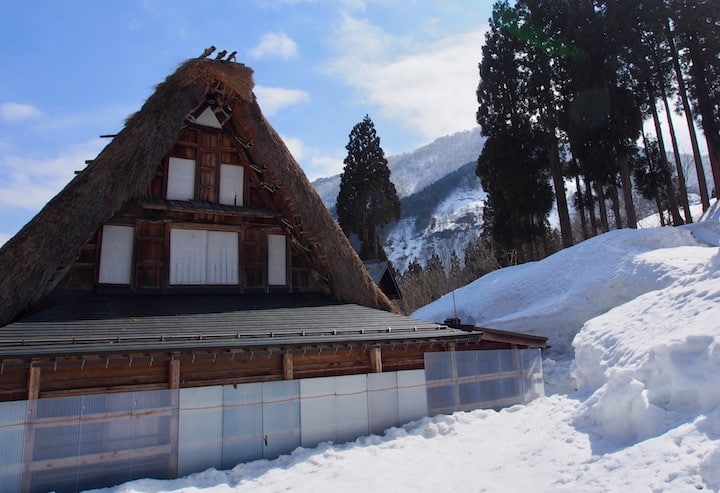
1. Have tea in a Gassho house in Shirakawa-go or Gokayama, Gifu Prefecture
There are 21 UNESCO World Heritage Sites in Japan. The striking, once-isolated mountain villages of Shirakawa-go and Gokayama were together carved into the list in 1995. In their dramatic corner of Chubu, now just a bullet train and a bus ride from Tokyo, wet mountain snow falls by the foot upon the famed Gassho houses of Shirakawa-go and Gokayama each winter, which is why their thatched roofs are so steep. Inside each house, sweet-smelling wood smoke plumes out of an irori sunken hearth, around which extended families historically huddled for tea and company. Today electrically heated floors and Wi-Fi add warmth for those who still live here—and for guests from across the world. In Ainokura, a particularly still enclave inside Gokayama, six Gassho-houses-turned-inns ask for bookings (typically by phone) six months in advance. Alternatively, free wanders with hearth-side tea (inside a Gassho-house-turned-museum) are yours for showing up.
It was made known to me that Shirakawa-go (where you can also stay nights) is the larger and more-trafficked of the two. With more direct bus lines, it is more accessible. Gokayama, while an extra bus leg from modernity, is quieter. Just 50 people live there in 16 houses today.
On tea: Like tap water in America, the tea is free at most Japanese establishments. Expect to drink a lot of tea.
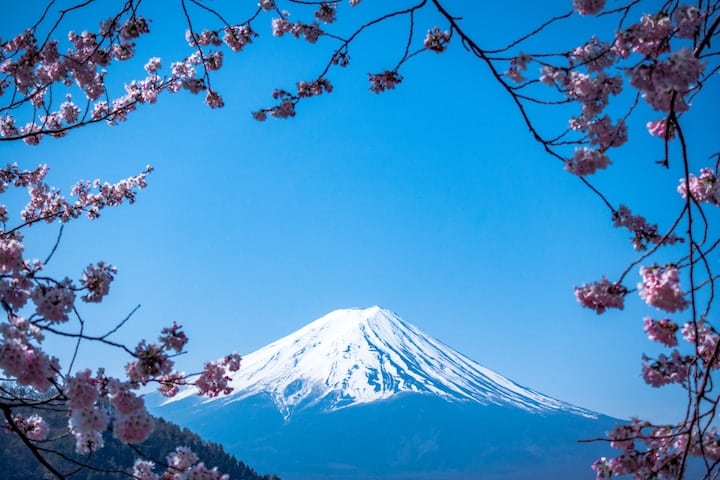
2. Marvel at Mount Fuji (Fuji-san), Yamanashi and Shizuoka Prefectures
Japan’s tallest mountain (3,776m/12,388ft) is one of rare beauty and shape. It can be ascended in 2-3 days, depending on your fitness and ambition (go with a guide in any case), but it needn’t be topped to be appreciated. At its foot, bold-red Fujisan-Hongu Sengen-taisha shrine (more than 1,200-years old) offers views into the soul of the mountain that has over centuries inspired poets to their pens, peace amid chaos, and awe in all who’ve come before it. The shrine—a foothold of Shintoism in Japan—was in fact born as a tribute to this timeless symbol of strength. Fuji-san and its adjacent tourism sector are 45 minutes by JR train from Tokyo and nearly two hours from Nagoya. Here is more from the JNTO.
For easy bullet train travel in Japan: Get a Japan Rail Pass, which grants unlimited travel by quick-as-the-wind rail (and bus and ferry) for 7, 14 or 21 days. Note that passes must be purchased outside Japan. See North American sales offices and contact info here.
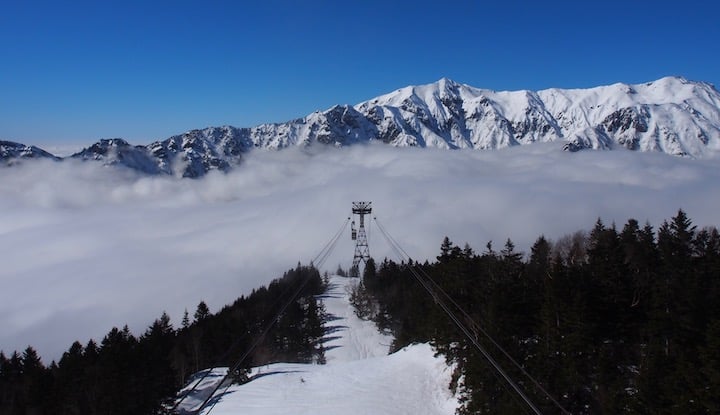
3. Ascend into snowy peaks via the Shinhotaka Ropeway, Gifu Prefecture
In mountainous Chubu, the topography will often guide the itinerary. In Gifu Prefecture, the dramatic snowy peaks of the Japanese Alps belong more precisely to the Hida Mountains, and via the Shinhotaka Ropeway, you can ascend up, up, up, and into them. From the observation deck (¥2,900 roundtrip), street level is nowhere to be seen. The air is thin and crisp. On a clear day, Mount Hotakadake (3,190m/10,466ft), Mount Kasa (2,897m/9,505ft) and their neighboring peaks feel close enough to touch. Back at the bottom of the ropeway, they serve wasabi ice cream.
Stop for lunch first: If you’re traveling by car, or starting in Takayama, grab a bowl of shoyu ramen at Takayama’s Itakura Ramen (¥760) before taking to the skies. True to the Takayama style, the noodles are chewy, thin and curvy and the shoyu (soy sauce-based) broth is near-perfect. If you’re still hungry after, there is soy-ginger-glazed Hida beef sushi (¥700 for two pieces, lightly seared) inside the adjacent maze of food stalls.
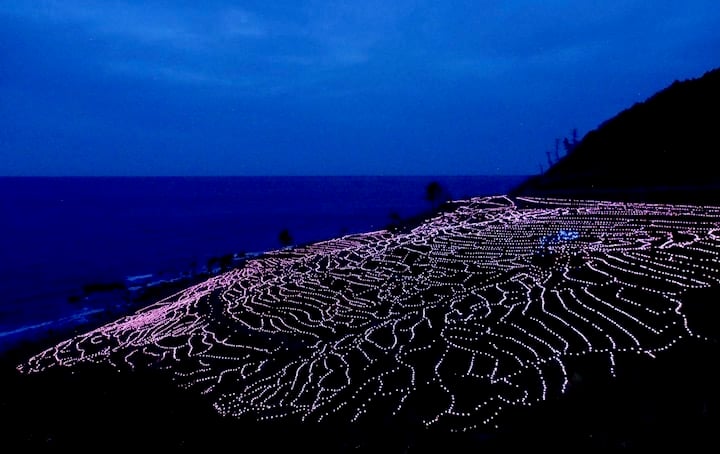
4. See the Shiroyone Senmaida rice paddies lit up at night, Ishikawa Prefecture
Rice is the staple crop for more than half the world (here is a loosely related read from The Atlantic). But in winter, the 1,004 rice paddies of Shiroyone Senmaida in Wajima, Japan, are not growing rice. So from October to March, 20,000+ color-changing LED lights are installed to light up their curves in the night. The resulting production is called Azenokirameki, and it is a sight to be seen. Catch the pink-and-yellow glow from sundown to 9pm each night, for free.
To get there: The city of Wajima sits on the outer rim of the Ishikawa peninsula, which bursts out of Honshu into the Sea of Japan. A bus runs from Wajima Station—near the simple Route Inn ($71/night)—along the water to Shiroyone Senmaida, but man, it is hard to make sense of its schedule online. I suggest coordinating with a hotel concierge or getting your own car.
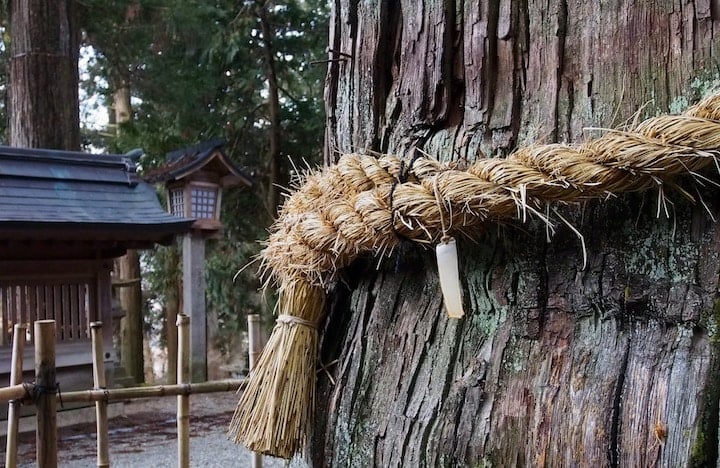
5. Stroll Hida’s Hie Shrine, Gifu Prefecture
The Hida area is known among other things for its top-quality beef (“Hida-gyu”), whose fine marbling elevates barbecue lunches across Chubu (like at Kanazawa’s Teraoka Fusha). A slow walk around the cedar-lined Hie Shrine—a Shinto offering—in Hida is nice post-lunch exercise for mind and body. The rope-wrapped cedar pictured above, for reference, is 1,000-years old.
On Wagyu: Wa- refers to Japan and –gyu means beef. Here is CNN’s guide to wagyu beef.

6. Meet the snow monkeys in Nagano, Nagano Prefecture
In 1998, Chubu’s Nagano hosted the Winter Olympics. Nagano Prefecture, under whose autonomy the city of Nagano is shelved, includes the snow-dusted, mountainous winterscapes essential in any Winter Olympics host—and, uniquely, a beloved colony of Japanese macaques (aka snow monkeys). At Jigokudani Monkey Park (¥800 for adults), which translates as “Hell Valley” in English, you can catch them lounging in high-elevation hot springs. Here is how to get there.
Tokyo 2020: In 2020, the Summer Olympics are coming to Tokyo. In this post the IOC looks ahead by retracing the successes of Nagano 20 years ago.
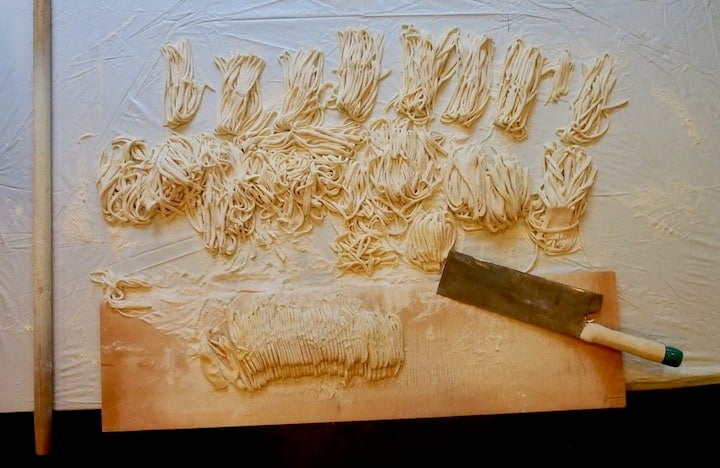
7. Eat miso-nikomi udon in Nagoya, Aichi Prefecture
In Japan you find udon noodles all over, the best of which are hand-mixed, -kneaded, -cut, and -pulled from just three ingredients: flour, water and (sometimes) salt. In Nagoya, the pride is in the local specialty of miso-nikomi udon. Ribbons of unsalted udon noodles are boiled in thick, slightly salty broth made from rich red miso and then served bubbling hot in claypots, usually with leeks, chicken, and a full egg. To endure the long simmer, the udon must be made right. At Yamamotoya Okutecho, the udon is made right, and the flour-dusted proprietors will give you a lesson in how they do it if they’re not too busy (which they often are, so get in touch in advance).
Soft cream vs. ice cream: In Japan, including in Nagoya, you see “soft cream” for sale all over. Soft cream is soft-serve ice cream, and for whatever reason it is the preferred form of ice cream country-wide. You’ll find in the flavors available a foreign world that deserves your daring.
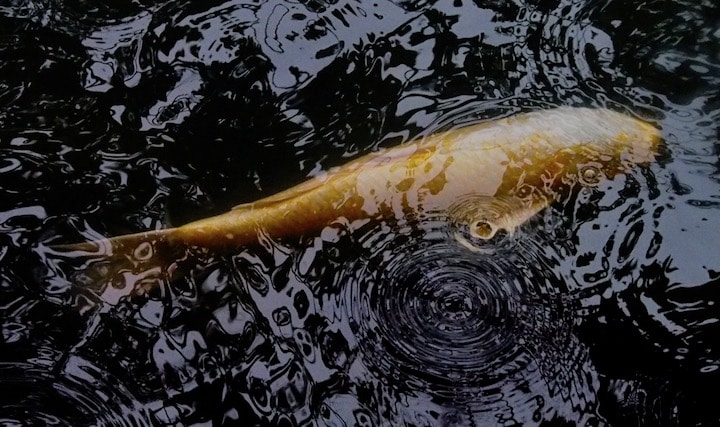
8. Stroll Kenrokuen garden in Kanazawa, Ishikawa Prefecture
The city of Kanazawa has earned historical renown in Japan for its kimonos (which you can rent); its gold leaf (which you can eat); its ancient, film-set-ready streets (in Higashi Chaya); and its giant Kenrokuen garden, one of three closest to the garden-loving heart of Japan. Triple the size of the Tokyo Dome, Kenrokuen is big enough to get lost in—even in the light cleansing rain I found it under. It should also be noted that I picked up a good natto-mochi (rice ball around fermented bean) from a vendor by the Katsurazaka entrance, and the best tea of my trip (yuzu with gold leaf) nextdoor.
On Japanese gardens: As noted here, there are six pillars of Japanese garden excellence: spaciousness, seclusion, artifice, antiquity, water-courses, and panoramas. The end result at Kenrokuen is a meditative balance not unlike that struck by the Chinese gardens I visited in Suzhou, China.
9. Go for onsen in Gero, Gifu Prefecture
For over a millennium, the Japanese have assigned value and spiritual significance to onsen, or hot spring baths. The dozens of fault lines scratched across Japan churn inner-Earth heat and minerals into bubbling hot springs across the country. Onsen does your body good anywhere (like in Tokushima), but especially in Gero, whose onsen is revered as one of Japan’s best. Take one early in the morning, or after a long day of walking. The famous Suimeikan Inn (from ~$158/night with breakfast/dinner included) has three.
Good for your feet: In Awara, in Fukui Prefecture, there is a feet-only onsen that is free to all and at which you can buy sake, beer and ice cream. In my experience this is the sort of thing you do not find in America.
10. Learn about katana swords in Seki, Gifu Prefecture
Before the man above swung a katana sword through bamboo in a parking lot, he introduced himself with a big smile. At the months-old Seki Hamono Museum—an hour’s drive from Nagoya—he then oversaw a short lesson in Seki’s 700-year-old sword-making tradition—notably grown during Japan’s samurai years—and the modern form it has taken. Around 50% of Japanese kitchen knives are now made in Seki, a city still twinkling with riches of iron sand, charcoal and clean water. If only for education, its fine blade production still includes beautiful katana swords. As part of a museum visit, you can swing an iron hammer at 800ºF, spark-spewing iron under the supervision of on-hand katana-makers.
On Japanese snacks: At Seki Hamono Museum, there is Katana Ice, which is ice cream shaped like a katana sword. An ANA employee later told me while we shopped for weird Kit-Kats that “Japan does snacks well,” but if you ask me that is an understatement. Among the snacks I tried and will eat again: black-sugar crispy rice balls, Hida beef sushi, natto-mochi, chestnut cookies, a ginger ale float with gold leaf in it, wasabi soft cream, and squid-dumplings-on-a-stick.
More Japan: 10 Things to Do in Tokushima, Japan
Even more Japan: One Day in Tokyo, Japan
For still more on travel to Japan, visit jnto.go.jp and/or download the Japan Official Travel App here.






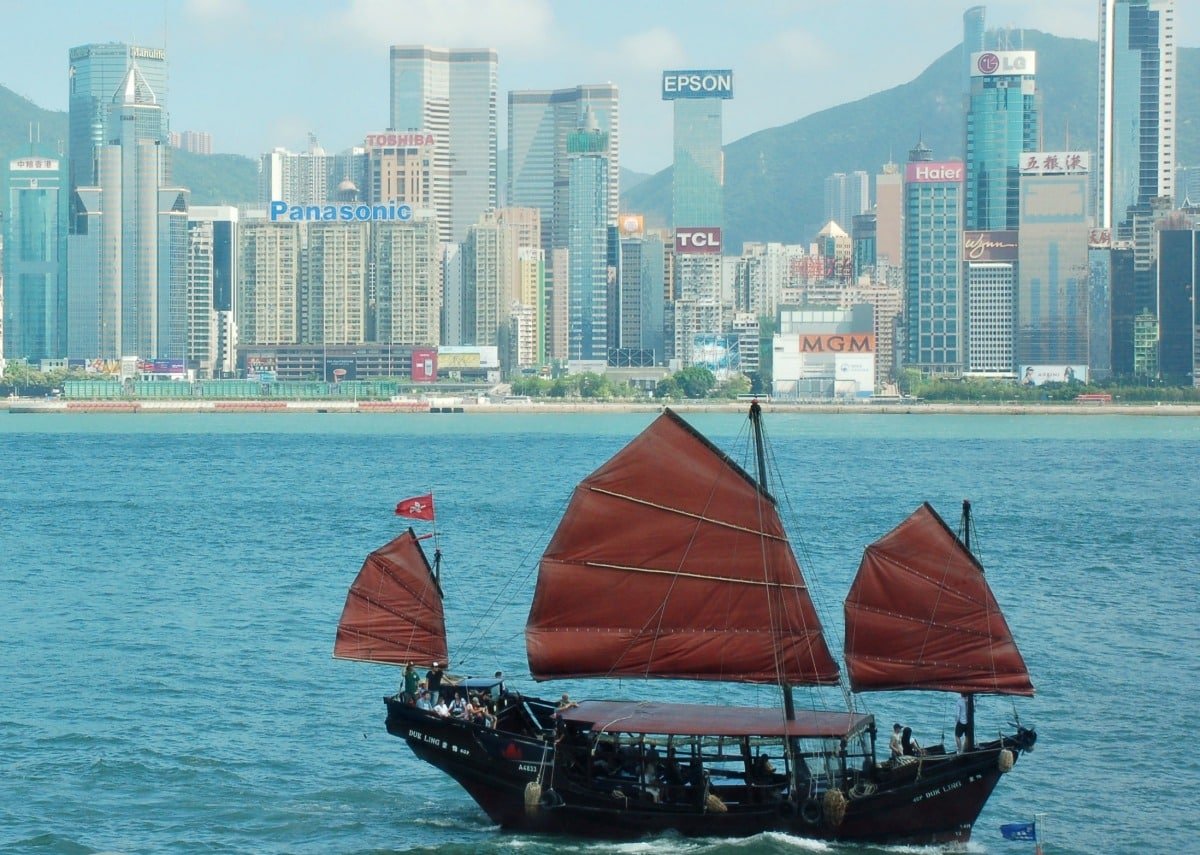
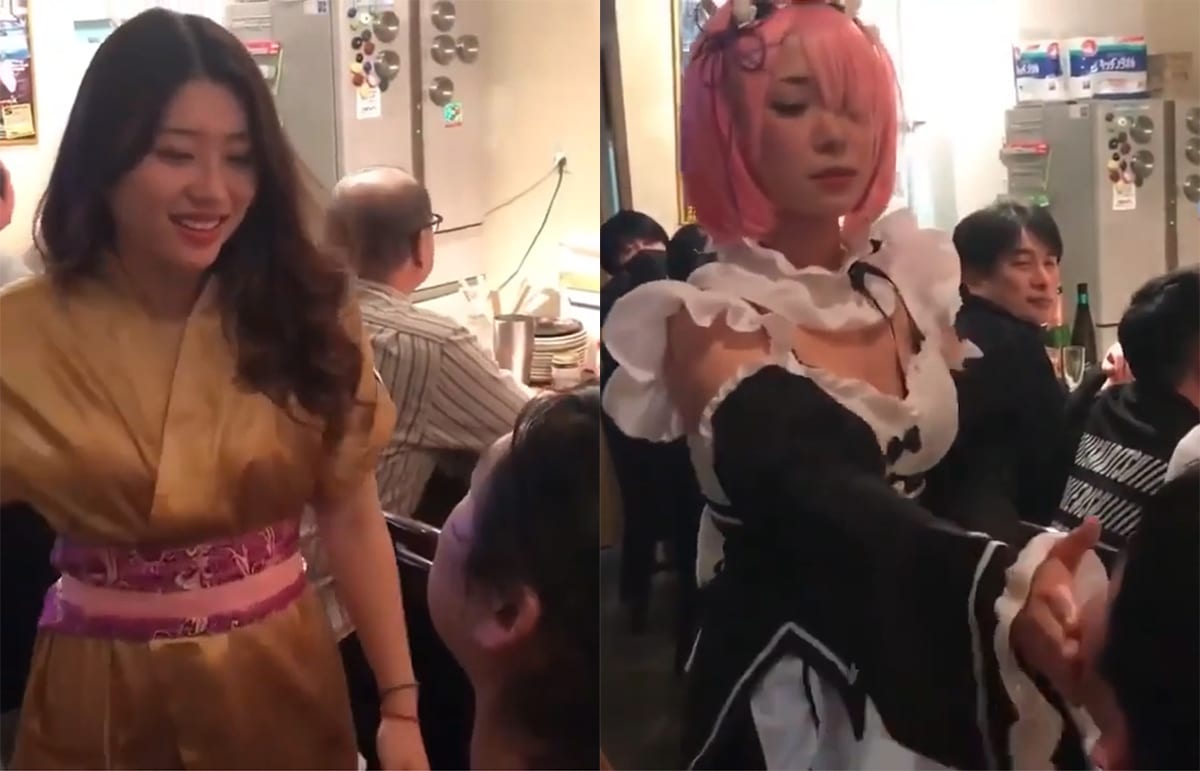
A new area of Japan for me. Beautiful scenery and a tempting offering of a different culture’s “snacks” for those of us who love to experience interesting and delicious combinations.
Both were highlights. Itakura Ramen/Hida beef sushi/Shinhotaka Ropeway is a great afternoon.
Great post! Thanks for the post.Keep sharing.
Thanks, David!
There are uncountable things out there to explore and this is really one of them. I would love to visit this region. Thanks for sharing this post.
Hope you’re able to get there, Shubham.
Hi! thank you so much for this post. I’ll be leaving Tokyo for Chubu to just see Mount Fuji from afar then wanted to make my way to Kyoto in the same day. Is this possible? I’m going in the end of September 2018. Thank you!!!
My understanding is that it would be a long day (with up to eight hours of travel) but it is possible. A night near Fuji might better. Have a nice trip!
I always look up for your recent posts!